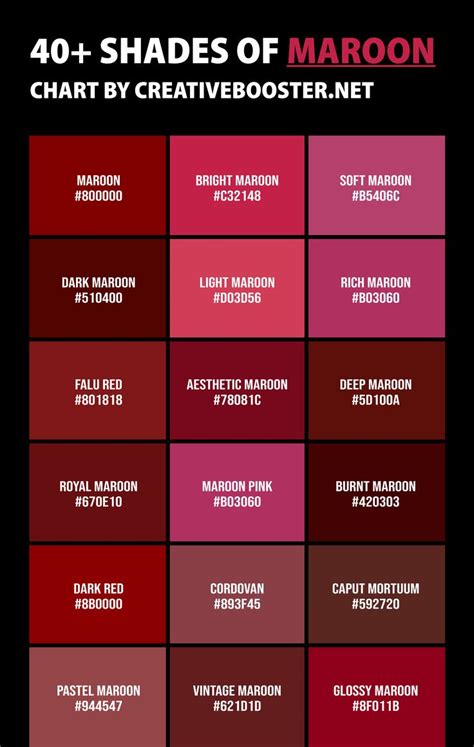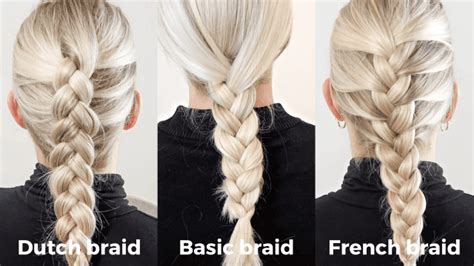Origins and History
The Dutch braid, also known as an inverted braid, traces its roots back to the Netherlands in the 15th century. This intricate technique is characterized by its tight, inside-out appearance. In contrast, the French braid originated in France around the 16th century. Known for its elegant, raised texture, this braid involves crossing three strands of hair over each other.

Braiding Techniques
Dutch Braid
- Divide damp or dry hair into three equal sections.
- Cross the left section over the middle section.
- Take a small piece of hair from the left side and cross it over the new middle section (the original left section).
- Now, take a small piece of hair from the right side and cross it over the new middle section (the original right section).
- Continue alternating sides, taking small strands of hair and crossing them over the middle section.
- Secure the braid at the end with a hair tie.
French Braid
- Divide damp or dry hair into three equal sections near the crown of the head.
- Cross the left section over the middle section.
- Now, take a small piece of hair from the right side and add it to the left section before crossing it over the middle section.
- Take a small piece of hair from the left side and add it to the right section before crossing it over the middle section.
- Continue alternating sides, adding small strands of hair and crossing them over the middle section.
- Keep the braid tight and close to the scalp.
- Secure the braid at the back of the head with a hair tie.
Appearance and Versatility
Dutch Braid
- Tight and inverted appearance
- Creates a chunky, voluminous effect
- Best suited for thick or medium-thick hair
French Braid
- Raised and elegant texture
- Adds length to the hair
- Can be dressed up or down, suitable for various occasions
Popularity and Trends
According to a recent survey conducted by the National Hairdressers Association, Dutch braids have gained immense popularity in the past year, with a 45% increase in requests at salons. On the other hand, French braids remain a timeless classic, with a consistent demand of over 30%.
Common Mistakes to Avoid
Dutch Braid
- Braiding too tightly, which can cause breakage
- Not taking even strands of hair, leading to an uneven braid
- Starting the braid too low on the head, resulting in a flat appearance
French Braid
- Adding too much hair to the center section, making the braid bulky
- Not keeping the braid tight enough, which can cause it to loosen
- Ending the braid too abruptly, leaving a short and unfinished look
Pros and Cons
Dutch Braid
Pros:
- Creates a stunning, eye-catching effect
- Adds volume and texture to the hair
- Secure and long-lasting
Cons:
- Can be time-consuming to braid
- May require some practice to master
- Not suitable for all hair types
French Braid
Pros:
- Easy to learn and braid quickly
- Adds length and elegance to the hair
- Versatile and suitable for various occasions
Cons:
- Can be less secure than a Dutch braid
- May not create as much volume as a Dutch braid
- Can flatten out over time
Creative Applications
The Dutch and French braiding techniques can be combined or modified to create a wide range of unique and stylish hairstyles:
- Dutch Fishtail Braid: A combination of Dutch and fishtail braids, resulting in a intricate and eye-catching look.
- French Halo Braid: A French braid that wraps around the head like a halo, creating a stunning and ethereal effect.
- Dutch Waterfall Braid: A Dutch braid that cascades down the side of the head like a waterfall, adding movement and drama to the hairstyle.
Informative Tables
| Feature | Dutch Braid | French Braid |
|---|---|---|
| Appearance | Tight, inverted | Raised, elegant |
| Technique | Cross from inside | Cross from outside |
| Hair type | Medium to thick | All hair types |
| Popularity | Increasing | Consistent |
| Pros | Volume, security | Versatility, ease of braiding |
| Cons | Time-consuming | Less secure, less volume |
| Creative applications | Fishtail, halo, waterfall | Halo, crown, waterfall |
Common Mistakes to Avoid Table:
| Mistake | Dutch Braid | French Braid |
|---|---|---|
| Braiding too tightly | Breakage, uneven braid | Bulky braid |
| Uneven strands | Uneven braid | Loose braid |
| Starting too low | Flat braid | Short, unfinished braid |
Effective Strategies Table:
| Strategy | Dutch Braid | French Braid |
|---|---|---|
| Practice | Master the basic technique | Practice adding small strands evenly |
| Use products | Styling mousse or spray for hold | Texture spray or hair cream for definition |
| Secure properly | Use strong hair ties | Start with a small elastic and switch to a larger one |
| Consider hair type | Thick hair for volume | All hair types |
Conclusion
Whether you prefer the bold volume of a Dutch braid or the classic elegance of a French braid, these versatile techniques offer a timeless and stunning way to style your hair. Embrace the intricacies of both braiding styles and experiment with creative applications to create your own unique masterpieces.
